Provides comprehensive information on the geography, history, wildlife, governmental structure, economy, cultural diversity, peoples, religion, and culture of Eritea.
Intermediate (ages 9-14)
Material appropriate for intermediate age groups
Stones for My Father
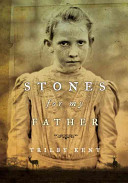
The Boer War was disastrous for the British: 22,000 of them died. Close to 7,000 Boers died. Nobody knows how many Africans lost their lives, but the number is estimated to be around 20,000. This tragic, and little remembered, chapter in history is the backdrop for Trilby Kent’s powerful novel. Corlie Roux’s father has always told her that God gave Africa to the Boers. Her life growing up on a farm in South Africa is not easy: it is beautiful, but it is also a harsh place where the heat can be so intense that the very raindrops sizzle. When her beloved father dies, she is left in the care of a cold, stern mother who clearly favors her two younger brothers. But she finds solace with her African maitie, Sipho, and in Africa itself. Corlie’s world is about to vanish: the British are invading and driving Boers from their farms. The families who do not surrender escape in the bush to help fight off the British. When Corlie’s laager is discovered, she and the others are sent to an internment camp. Corlie is strong and can draw on her knowledge of the land she loves, but is that enough to help her survive the starvation, disease, and loss that befalls her in the camp?
See the review at WOW Review, Volume 5, Issue 2
Death Cloud
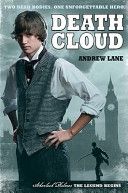
It is the summer of 1868, and Sherlock Holmes is fourteen. On break from boarding school, he is staying with eccentric strangers—his uncle and aunt—in their vast house in Hampshire. When two local people die from symptoms that resemble the plague, Holmes begins to investigate what really killed them, helped by his new tutor, an American named Amyus Crowe. So begins Sherlock’s true education in detection, as he discovers the dastardly crimes of a brilliantly sinister villain of exquisitely malign intent.
Scotland
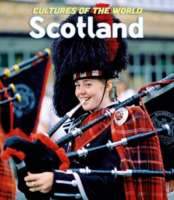
The highly regarded Cultures of the World series celebrates the diversity of other cultures in this fully updated and expanded edition.
Rage of the Fallen
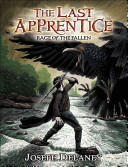
Apprentice Tom and the Spook for whom he works flee to Ireland, where a powerful witch has joined forces with the dark mages trying to call forth ancient powers to destroy Tom.
Wales
Provides comprehensive information on the geography, history, wildlife, governmental structure, economy, culture diversity, people, and religion among others.
Charlie and the Chocolate Factory
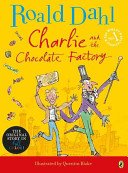
Willy Wonka’s famous chocolate factory is opening at last! But only five lucky children will be allowed inside. And the winners are: Augustus Gloop, Veruca Salt, Violet Beauregarde, Mike Teavee, and Charlie Bucket, a boy who is honest and kind, brave and true, and good and ready for the wildest time of his life!
James and the Giant Peach
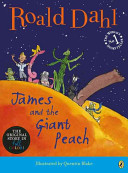
James Trotter loses his parents in a horrible accident and is forced to liveNmiserablyNwith his two wicked aunts. Then James is given some magic crystals that give him hope. But when he accidentally spills these crystals on an old peach tree, strange things begin to happen. A peach starts to grow and grow until James is able to climb inside and escape his awful aunts! And through this adventure, he makes some interesting friends, including Grasshopper, Earthworm, Miss Spider, and Centipede, and finally finds a place where he belongs.
Maldives
The highly regarded Cultures of the World series celebrates the diversity of other cultures in this fully updated and expanded edition. This book provides an overview of the history and peoples of the Maldives.
Croatia
The highly regarded Cultures of the World series celebrates the diversity of other cultures in this fully updated and expanded edition.
